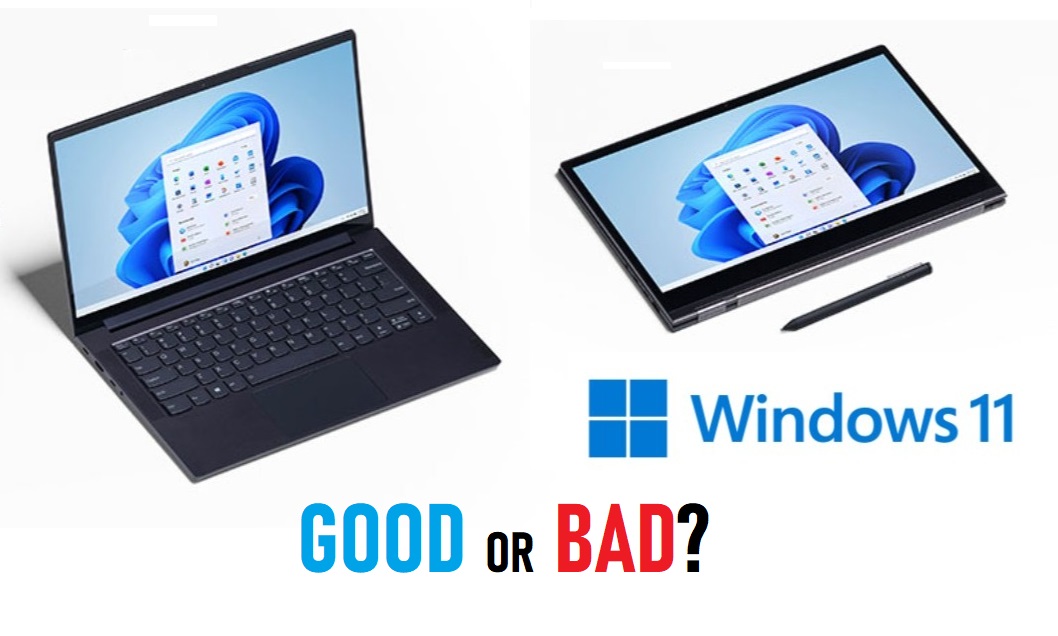In the ongoing saga of operating system updates, Microsoft’s push for Windows 11 adoption sparks both intrigue and concern among users. Let’s dive into the community discourse to unravel the key points surrounding this controversial move.
Key Takeaway:
Microsoft’s aggressive stance on Windows 11 adoption prompts mixed reactions from users, ranging from acceptance to skepticism and frustration.
The Push for Windows 11
Microsoft’s enthusiasm for Windows 11 adoption is evident, leading many users to ponder the implications of this transition. While some embrace the new features and design enhancements offered by Windows 11, others remain wary of potential compatibility issues and the need for hardware upgrades.
Lingering Support for Legacy Systems
Amidst the fervor surrounding Windows 11, concerns emerge regarding the fate of older systems that don’t meet the upgrade requirements. Users question whether their trusty Windows 10 machines will continue to function effectively in the absence of security updates, echoing sentiments of uncertainty and reluctance to part ways with familiar software.
Workarounds and Solutions
Resourceful users explore various workarounds to circumvent the stringent hardware requirements imposed by Windows 11. From tweaking registry settings to seeking alternative installation methods, the community shares insights and tips to navigate the upgrade dilemma.
Critiques and Skepticism
Amidst the flurry of upgrade prompts, users voice skepticism regarding Microsoft’s motives, citing concerns over increased advertisements, data collection, and the underlying financial incentives driving the push for Windows 11 adoption. Such apprehensions underscore the importance of transparency and user trust in shaping the future of operating systems.
The Future of Windows 10
As Windows 11 takes center stage, the fate of its predecessor, Windows 10, hangs in the balance. While official support may cease, resilient users explore options such as Windows 10 Enterprise LTSC and creative UI modifications to prolong the lifespan of their preferred operating system.
Microsoft’s Messaging Strategy
Central to the discussion is Microsoft’s messaging strategy surrounding Windows 11. While the company touts it as the next evolution of the Windows experience, users question whether the benefits outweigh the potential drawbacks, such as compatibility issues and the need for hardware upgrades. Clear and transparent communication from Microsoft is essential to alleviate user concerns and foster trust in the upgrade process.
User Resilience and Adaptability
Amidst the uncertainty, users showcase their resilience and adaptability by exploring alternative solutions to accommodate their needs. Whether it’s extending the lifespan of legacy systems or finding creative workarounds to bypass upgrade restrictions, the community’s resourcefulness underscores its commitment to maintaining control over their computing environments.
Balancing Security and Convenience
The impending end of support for Windows 10 raises important questions about the balance between security and convenience. While Microsoft encourages users to migrate to Windows 11 for enhanced security features, some users hesitate due to concerns about potential disruptions to their workflow and the stability of the new operating system. Striking a balance between security imperatives and user preferences is paramount to ensuring a smooth transition for all stakeholders.
Community Collaboration and Advocacy
In the face of uncertainty, community collaboration and advocacy emerge as powerful tools for driving change. User forums, social media platforms, and online communities serve as hubs for sharing knowledge, troubleshooting issues, and advocating for user-centric design principles. By amplifying user voices and fostering dialogue with Microsoft, the community plays a pivotal role in shaping the future direction of Windows operating systems.
The Path Forward: Empowering Users
As the Windows 11 upgrade saga unfolds, empowering users with choice, transparency, and control remains paramount. Microsoft must listen to user feedback, address concerns promptly, and provide clear guidance on the upgrade process. By fostering a collaborative ecosystem where user needs and preferences are prioritized, Microsoft can navigate the transition to Windows 11 while fostering trust and goodwill among its user base.
The Role of Legacy Systems
Many users express reluctance to upgrade to Windows 11 due to concerns about the compatibility of their existing hardware and software. For users with legacy systems, the decision to migrate entails weighing the benefits of new features against the potential risks of instability and incompatibility. Microsoft faces the challenge of balancing innovation with backward compatibility to ensure a seamless transition for users across diverse computing environments.
Privacy and Data Security Considerations
Privacy and data security are top-of-mind for users evaluating the Windows 11 upgrade. With increased scrutiny on data collection practices and the proliferation of targeted advertising, users demand greater transparency and control over their personal information. Microsoft must address privacy concerns head-on, demonstrating a commitment to safeguarding user data and respecting privacy preferences.
Accessibility and Inclusivity
Accessibility and inclusivity are integral aspects of the Windows ecosystem. As Microsoft introduces new features and design elements in Windows 11, it must ensure that the platform remains accessible to users with diverse needs and abilities. From screen readers and magnification tools to customizable interface options, accessibility features play a crucial role in enabling all users to fully participate in the digital world.
Community Advocacy and Feedback
User feedback serves as a catalyst for change in the Windows ecosystem. Whether through formal channels like user forums and feedback portals or grassroots initiatives on social media platforms, users play an active role in shaping the direction of Windows development. Microsoft’s responsiveness to user feedback and willingness to engage with the community are essential for building trust and fostering a sense of ownership among users.
The Evolving Landscape of Computing
The Windows 11 upgrade coincides with a broader shift in the landscape of computing, marked by advancements in cloud computing, artificial intelligence, and edge computing. Microsoft must navigate this evolving landscape by aligning its product roadmap with emerging trends and user expectations. By embracing innovation while staying true to its core principles, Microsoft can position Windows 11 as a platform that meets the evolving needs of users in a rapidly changing digital environment.
Conclusion: Navigating the Upgrade Landscape
In a landscape rife with uncertainty, users grapple with the decision to embrace Windows 11 or cling to the familiarity of Windows 10. While Microsoft’s intentions may be well-meaning, the user community remains vigilant, advocating for choice, transparency, and user-centric design principles in the evolution of operating systems. As the debate rages on, one thing remains clear: the journey towards the next generation of Windows is paved with both promise and pitfalls, requiring careful consideration and community collaboration to chart a path forward.














